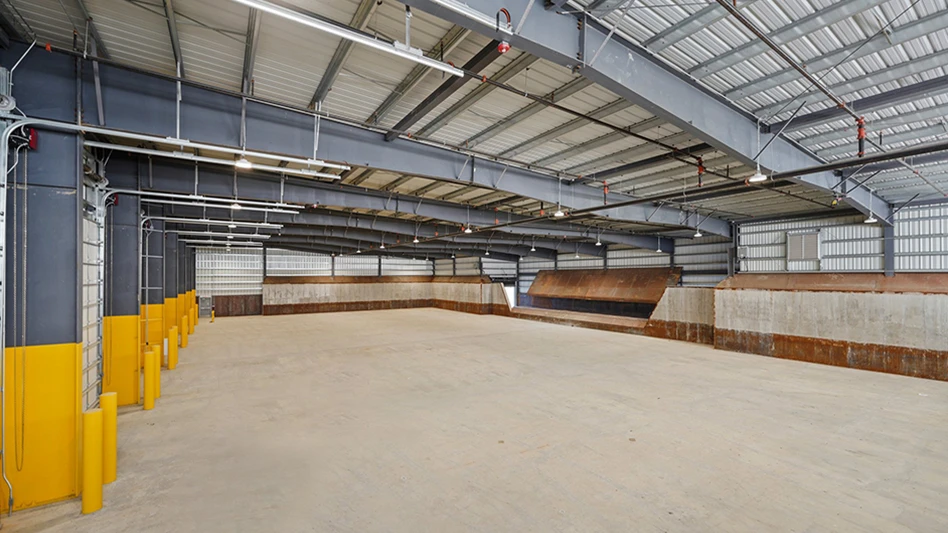Covanta breaks ground on WTE ash processing facility
Covanta Holding Corporation, Morristown, New Jersey, has commenced construction of its first Total Ash Processing System (TAPS), with operational start-up expected in the second half of 2019. Located in Fairless Hills, Pennsylvania, adjacent to Covanta’s existing metals processing facility, the first TAPS plant is designed to process over 400,000 tons of ash from multiple Covanta energy-from-waste (EfW) facilities, recovering previously untapped value from these waste streams.
TAPS is a unique technology that separates the combined ash from EfW facilities into its component parts, the company says. This enables increased recovery of small metal fractions and the recovery of aggregate for reuse as construction material, reducing the volume of ash requiring landfill disposal by as much as 65 percent.
“We have long viewed ash reuse as a major opportunity to enhance our EfW plant operations while simultaneously opening new markets,” Covanta’s President and CEO Stephen Jones says. “TAPS has tremendous potential to increase the sustainability and economics of our facilities while generating an attractive return on capital invested in the system. I am excited about this first project and look forward to its success, which we see paving the way for additional TAPS facilities to complement our EfW portfolio.”

Explore the Jan Feb 2019 Issue
Check out more from this issue and find your next story to read.
Latest from Waste Today
- ReMA board to consider changes to residential dual-, single-stream MRF specifications
- Miller Environmental Group Inc. appoints CEO
- DPI acquires Concept Plastics Co.
- Laurel Mountain Capital announces investment in 5280 Waste Solutions
- Cielo investor requests annual meeting
- WIH Resource Group celebrates 20th anniversary
- NWRA: NIOSH cuts a step in the wrong direction
- Valicor Environmental services acquires Affordable Waste Management






